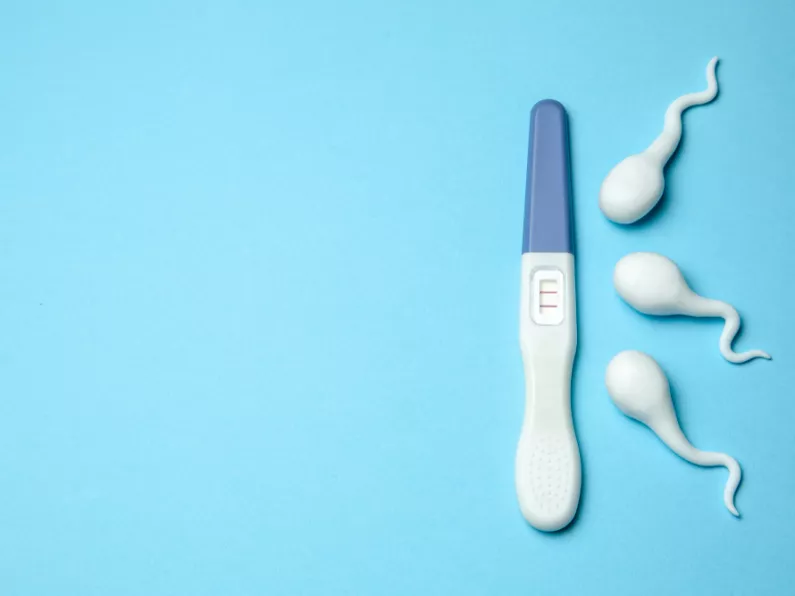Cervical cancer occurs when abnormal cells develop in the cervix and grow out of control.
The cervix is the lower part of the uterus (womb) that connects the body of the uterus to the vagina or birth canal.
Cervical cancer begins in the lining of the cervix. This can take many years, but sometimes it develops rapidly.
These changes to the cervix are referred to by several terms, including dysplasia.
What causes cervical cancer?
Cervical cancer is caused by several strains of the Human Papilloma Virus (HPV).
This virus is spread through sexual contact. Most women’s bodies are able to fight the HPV, but sometimes the virus can lead to cancer.
Women are at higher risk for cervical cancer if they smoke, have many children, use birth control pills for a long time, or are infected with HIV.
Cervical cancer: early detection & treatment
Cervical pre-cancer, or cancer in its early stages, often exhibits no signs or symptoms.
If symptoms do exist, they can include:
- Bleeding from the vagina that is not normal, or an unexplained change in the menstrual. cycle
- Bleeding and pain when something comes into contact with the cervix, such as during sexual intercourse, or when a diaphragm is inserted
- Vaginal discharge that is tinged with blood.
How is cervical cancer prevented?
Cervical cancer is preventable as well as a treatable if discovered early.
The most effective way of making an early diagnosis of abnormal changes in the cells of the cervix is through a Pap test.
You can also reduce the risk factors giving rise to abnormal cell changes by:
- Quitting smoking
- Getting the HPV vaccine
- Reducing your risk of sexually transmitted diseases (use condoms).
When should women begin screening for cervical cancer?
All women should begin cervical testing (screening) from the start of sexual activity or at 21 years.
A regular Pap test or wet mount examination should be done every year.
Beginning at age 30, women who have had 3 normal Pap test results in a row may be tested less often – every 2 to 3 years.
Some women should continue getting tested yearly, such as women exposed to DES (Diethylstilbestrol) through their mothers before birth and those with a weakened immune system (from HIV infection, organ transplant, chemotherapy or chronic steroid use).
Women 70 years of age or older who have had 3 or more normal Pap tests in a row and no abnormal Pap test results in the last 10 years may choose to stop having cervical cancer testing.
Women with a history of cervical cancer, DES (a manmade hormone in the estrogen class) exposure before birth, HIV infection or a weakened immune system should continue to have testing as long as they are in good health.
Women who have had a total hysterectomy (removal of the uterus and cervix) may also choose to stop having cervical cancer testing, unless the surgery was done as a treatment for cervical cancer or pre-cancer.
Women who have had a hysterectomy without removal of the cervix (simple hysterectomy) need to continue cervical cancer screening, and should continue to follow these guidelines.
How is A Pap test done?
The doctor uses a metal or plastic instrument to open the vagina. Then a sample of mucus and cells is lightly scraped from the cervix.
This sample is sent to the lab to be looked at under a microscope.
If anything unusual is found, your doctor will let you know.
If your test results are abnormal, your doctor will want to do other tests to find out what is happening.
Guidelines for making your Pap test more accurate
You can do several things to make your Pap test as accurate as possible:
- Try not to schedule an appointment for a time during your menstrual period
- Do not douche for 48 hours before the test
- Do not have sexual intercourse for 48 hours before the test
- Do not use tampons, birth control, foams, jellies or other vagina creams or vaginal medicines for 48hours before the test.
Vaginal wet mounts
A vaginal wet mount (or vaginal smear or wet prep) is a test wherein a sample of vaginal discharge is observed by wet mount microscopy by placing the specimen on a glass slide and mixing it with a salt solution.
How is a wet mount conducted?
A speculum is used to facilitate use of a swab or spatula to sample fluid inside the vagina.
The sampling procedure may cause some discomfort and minor bleeding, but otherwise there are no associated risks.
Pelvic exam vs Pap test and wet mounts
Many people confuse pelvic exams with Pap tests.
The pelvic exam is part of a woman’s routine health care. During a pelvic exam, the doctor looks at and feels the reproductive organs, including the uterus and the ovaries and may do tests for sexually-transmitted diseases.
Pap tests and wet mounts are often done during pelvic exams, but you can have a pelvic exam without having a Pap test or wet mounts.
A pelvic exam without a Pap test or wet mount will not help detect cancer at an early stage or abnormal cells of the cervix, pre-invasive lesions (pre-cancers) of the cervix or even invasive cancer of the cervix.
Abnormal Pap smears: what do we do?
Having an abnormal Pap test sounds frightening, but it is not a certain cancer diagnosis.
It means that you could have an infection, abnormal cervical cells, or cervical cancer.
What’s next?
- Repeat Pap tests: If there is a good chance that your abnormality will go away on its own, your doctor may simply recommend that you come back for another Pap test in a few months.
- Colposcopy: A colposcopy allows your doctor to examine your cervix with a magnifying instrument and look more closely for areas of abnormality.
- Biopsy or endocervical curettage: If an abnormal area is seen on your cervix, your doctor may take a tissue sample for further testing at a lab.
- Treatment of infection.







